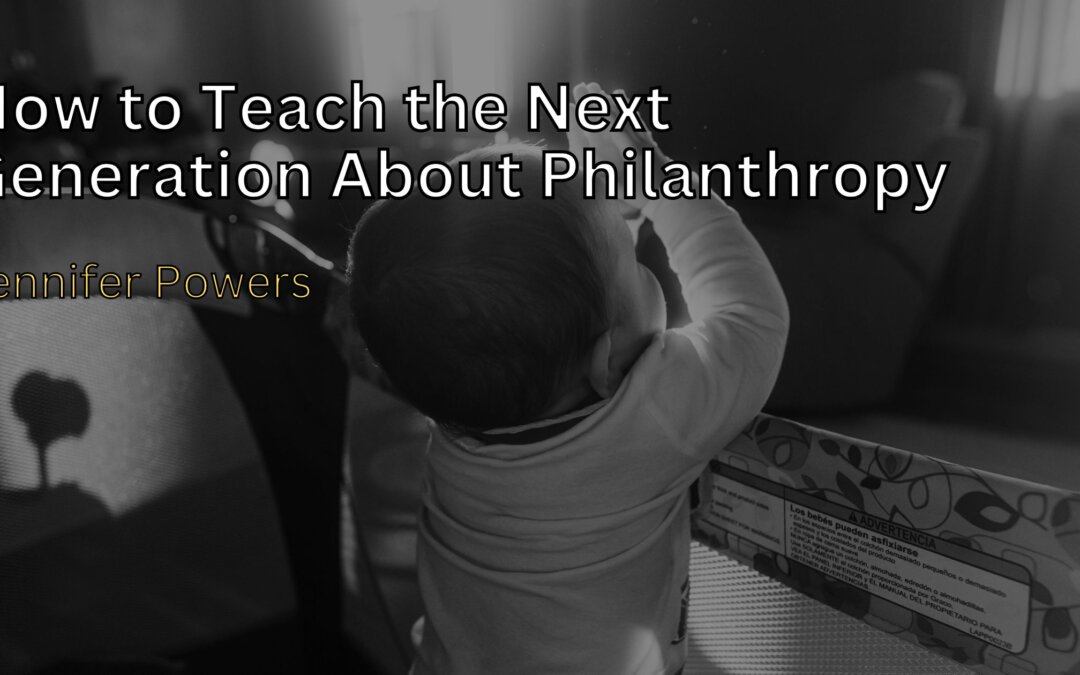Philanthropy is not just about giving money; it’s a mindset of generosity, compassion, and responsibility for the well-being of others. Teaching the next generation about philanthropy is essential for cultivating empathetic, socially conscious individuals who can make a lasting impact. By fostering an understanding of philanthropy early on, we can inspire young people to lead lives that prioritize giving back to their communities and the world at large.
Start With Core Values
Philanthropy begins with values like kindness, empathy, and fairness. Parents, educators, and mentors should encourage discussions about these values at home, in schools, and within community groups. Storytelling can be a powerful tool—sharing real-life examples of individuals who made a difference through selfless acts of giving can inspire children. Highlight figures like Malala Yousafzai, who advocates for education, or environmentalist Wangari Maathai, to show that age, location, or financial status doesn’t limit one’s ability to help.
Make It Personal
Children are more likely to engage with philanthropy when it connects to their own interests. If a child loves animals, consider supporting a local animal shelter together. If they’re interested in the environment, involve them in a park clean-up or tree-planting project. Encouraging them to identify causes they care about helps create a personal connection to philanthropy.
Demonstrate Giving in Action
Children learn best by example. Show them the importance of giving through your actions. Whether it’s donating clothes to a local shelter, volunteering at a food bank, or contributing to a charitable cause, involve children in the process. Discuss why the action is meaningful and how it helps others.
For instance, if a family donates to a disaster relief fund, explain how their contribution helps provide food, shelter, and medical care to those in need. Let children participate by choosing the charity or writing a note of encouragement to the recipients.
Create Opportunities for Hands-On Experience
Practical experiences can leave a lasting impression. Encourage kids to organize small fundraisers, like a lemonade stand or a garage sale, and decide as a family which cause to support. Schools can also play a significant role by integrating service-learning projects into their curricula. These projects combine academic learning with community service, teaching students about social issues while empowering them to take action.
Teach Financial Literacy and Responsible Giving
Introduce children to financial concepts like budgeting and saving in the context of philanthropy. Teach them to allocate a portion of their allowance for giving. Encourage the “spend-save-give” model, where a part of their money is set aside for charitable contributions. This practice fosters a habit of regular giving and helps them understand the impact of their financial decisions.
Emphasize the Ripple Effect
Help young people understand that their actions, no matter how small, can create a ripple effect of kindness and change. Share stories of how one small act of generosity inspired others to contribute, creating a chain reaction of positive outcomes.
Celebrate Their Efforts
Acknowledge and celebrate philanthropic efforts to reinforce their importance. Recognizing children’s contributions, whether through words of encouragement or small rewards, builds their confidence and enthusiasm for future involvement.
By nurturing a spirit of giving and social responsibility, we can empower the next generation to embrace philanthropy as a way of life. Through thoughtful guidance, we can help them become compassionate leaders who make a meaningful difference in the world.
